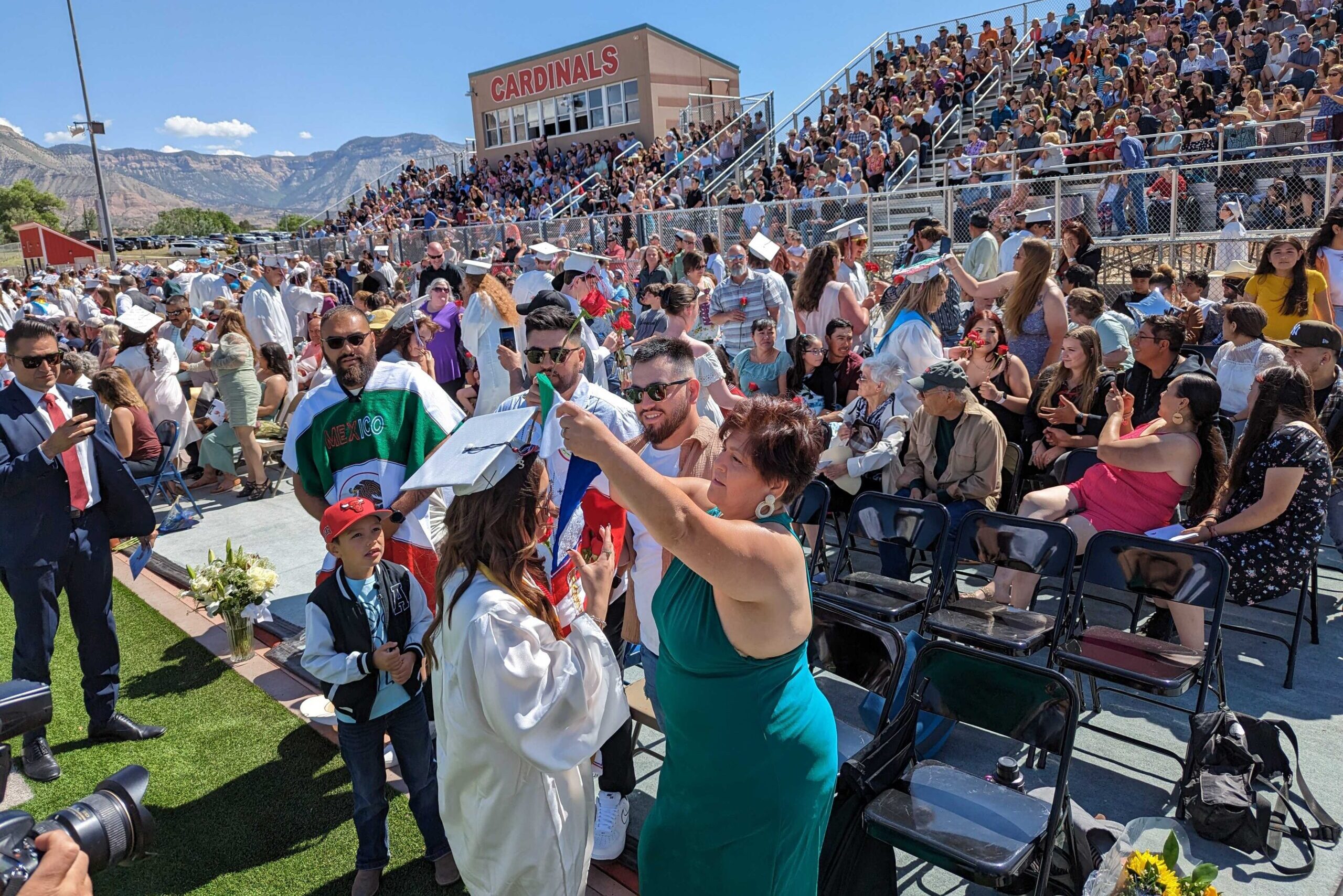

Wherever I live there are two requirements. There must be a kitchen window over the sink, to gaze out when washing dishes. And on the windowsill, there must be the family’s cat skull.
This has been the scenario in every kitchen I’ve had — five of them — over the last 20 years.
The cat skull is showing its age and the wear and tear of being packed and moved so many times. I’ve wrapped it in dishcloths, in paper towels, even in a sock to protect it. But with each move it has shed at least one of its delicate teeth. The mandible that used to intersect in a neat hinge with the cranium is cracked and a bit off-center after all these years. And the thin bone is a dingy brown now, not the sparkling white of its earlier days.
The cat skull was rescued from our family’s old garage, a leaning ramshackle building that stood behind the house where my children grew up. The house was a sturdy 4-square Victorian, nicely modernized. The so-called garage, however, hadn’t been updated since its days as a stable with square windows where the horse stalls used to stand, rickety stairs leading to an overhead loft, a packed dirt floor and enough cobwebs to trap a small rodent. Sunlight leaked in through the cracks in the walls, the only source of light as the building was not wired for electricity.
We used it for precisely nothing. Except for my sons, who used it to scare themselves and the neighbor kids.
Shortly after we moved to the house, the boys discovered the cat’s head, mummified, its mouth frozen open in a terrible scream, wedged between the floorboards of the overhead loft. The discovery was nothing less than a childhood nightmare dream — an abandoned building complete with a trapped, dead animal and ghostly spirits right in their own back yard. With the eager assistance of an older, taller neighbor girl whose penchant for mischief far exceeded theirs, they staged visits to the garage with unsuspecting friends. The tour began innocently enough, but in the midst of exploration, one of the instigators pulled out a flashlight, aimed it upward into the demon cat’s face and chaos erupted. Scrambling feet raced down the gravel alleyway, a cloud of dust churning amid shrieks and screams.
It was the sound of pure childhood joy — momentary terror in close proximity to safety.
Before we had the garage demolished, once it leaned so dangerously it could have been knocked over with one hard kick, we carefully climbed up and rescued the cat’s head from the rafters. The remainder of its body was gone, but the head was perfectly intact, complete with leathered skin dried over the bones. I can’t remember which of us was brave enough to touch it and perform the painstaking excision.
What was a mother to do? Vaguely referencing some horror movie from my past, I boiled it in a big shrimp pot to loosen the skin and preserve the skull. That summer afternoon is as frozen in memory as the cat’s eternal scream. Kids run in and out the back door, steam rises from the white enamel pot. I poke at the rolling head with a wooden spoon.
The softened skin peels off easily and what remains is a perfect skull: large round eye holes, a lovely bisected cap that once protected the tortured animal’s brain, tiny front teeth and sharp pointed incisors. Exquisite symmetry. What was there to do but mount it where everyone could see it and where it couldn’t be knocked over, in the kitchen window?
Why keep it, and why forever assign it to the kitchen windowsill? For one, as long as my kids continue to return home they expect to find it there. Beyond that, it embodies a unique kind of childhood happiness, their horrified delight at finding it, being scared by it, then scaring others with it. And beyond that, it represents some of the best of my own childhood memories.
Jackson, Tennessee, 1966. We walk through a flat, treeless graveyard at night, tiptoeing across the border of our lighted suburban neighborhood into darkness. At an unscripted moment, an older kid makes a startling sound, piercing the silence, and we explode into motion, running fast, breathless, feet slapping on asphalt, screams disappearing into the black night. Finally, someone’s familiar carport. We collapse and stare at each other bug-eyed. Then a smile creeps over one kid’s face, and another, and then we are laughing. A small crack in our universe. We are safe.
Kathryn Eastburn is the author of A Sacred Feast: Reflections of Sacred Harp Singing and Dinner on the Ground, and Simon Says: A True Story of Boys, Guns and Murder in the Rocky Mountain West. You can comment and read or listen to this column again at The Big Something at KRCC.org. “The Middle Distance” is published every Friday on The Big Something and airs each Saturday at 1 p.m. right after This American Life.








